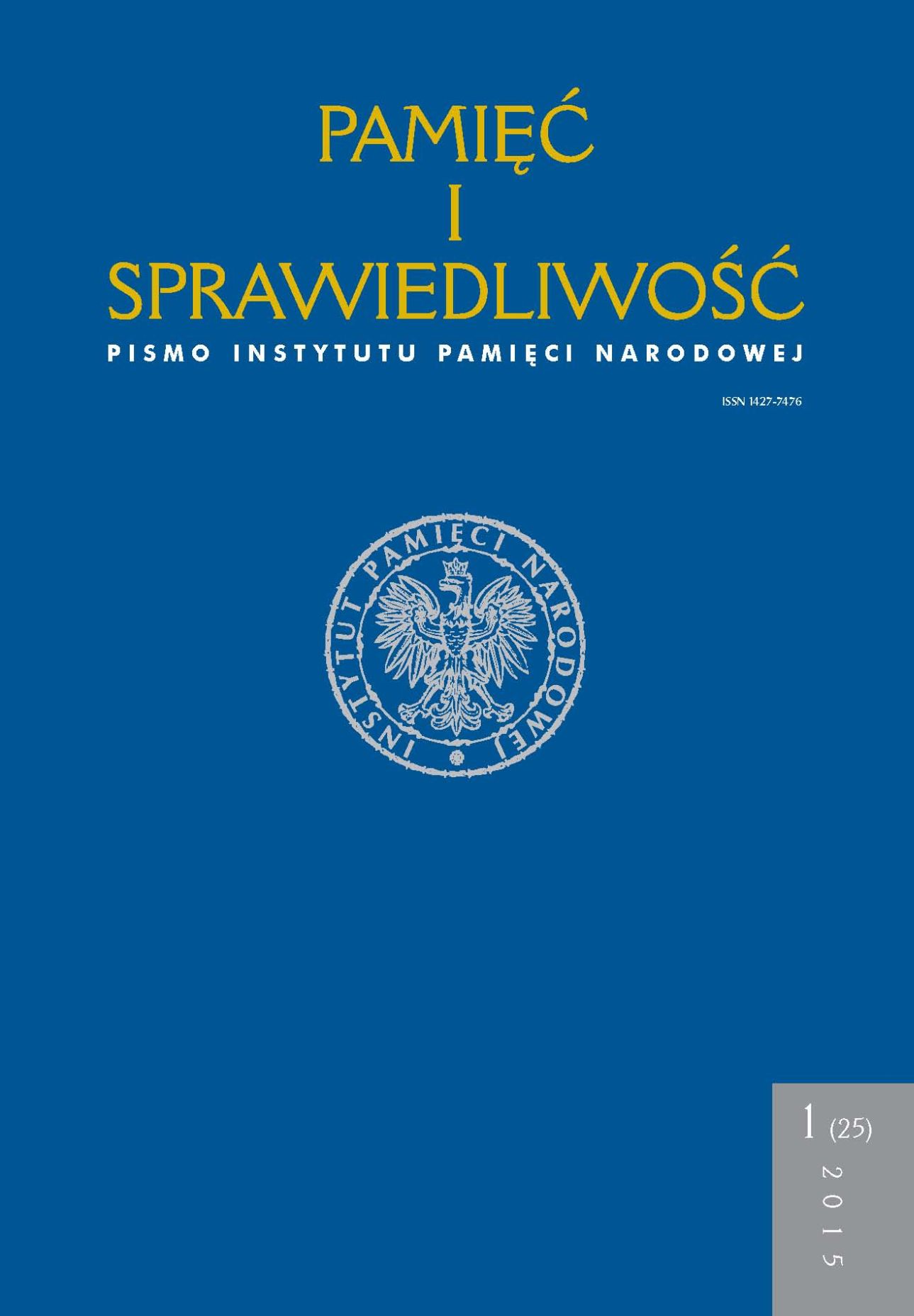The Alternatives to the Political Catholicism in Hungary after 1945 on the Example of József Mindszenty and Gyula Szekfű
Remembrance and Justice, Vol. 25 No. 1 (2015), pages: 185-198
Publication date: 2015-06-30
Abstract
References
- E. Weinzierl-Fischer, Die Österreichischen Konkordate von 1855 und 1933, Wien 1960
- G. Salacz, A főkegyúri jog és a püspökök kinevezése a két világháború között Magyarországon, Budapest 2002
- M. von Csaky, Der Kulturkampf in Ungarn. Die Kirchenpolitische gesetzgebung der Jahre 1894/1895, Graz–Wien–Köln 1967
- A. Kovács, Csonka-Magyarország vallási statisztikája, „Katholikus Szemle” 1920, nr 9,
- O. Prohászka, Az egyház demokráciája [w:] Prohászka Ottokár Összegyűjtött Munkái, red. A. Schütz, t. 11, Budapest 1928
- G. Erdődy, Cs. Fazekas, Christliche Demokratie in Ungarn [w:] Christliche Demokratie in zusammenwachsenden Europa, red. G. Buchstab, R. Uertz, Freiburg–Basel–Wien 2004, s. 264–286
- I. Varga, Egykorú hírlapi tudósítások Szekfű Gyula 1945. áprilisi előadásáról, „Történelmi Szemle” 1985, nr 4 , s. 621–627
- Gy. Szekfű, Forradalom után, Budapest 1947
- Fábián János őrkanonok, Mindszenty egykori aulistájának visszaemlékezése [w:] B. Saád, Tíz arckép, Ecclesia, Budapest 1983
- J. Mindszenty, Emlékirataim, Budapest 1989
- G. Salacz, A Magyar Katolikus Egyház tizenhét esztendeje (1948–1964), München 1988
- Gy. Szekfű, Forradalom után, Budapest 1947
- A. Casaroli, A türelem vértanúsága. A Szentszék és a kommunista államok (1963–1989), Budapest 2001
 Język Polski
Język Polski
 English
English
 Deutsch
Deutsch
 Français (France)
Français (France)
 Italiano
Italiano
 Русский
Русский


 PDF (Język Polski)
PDF (Język Polski)
